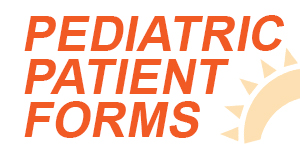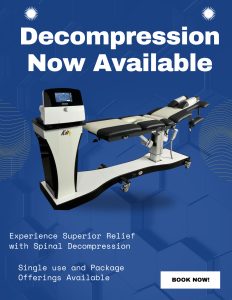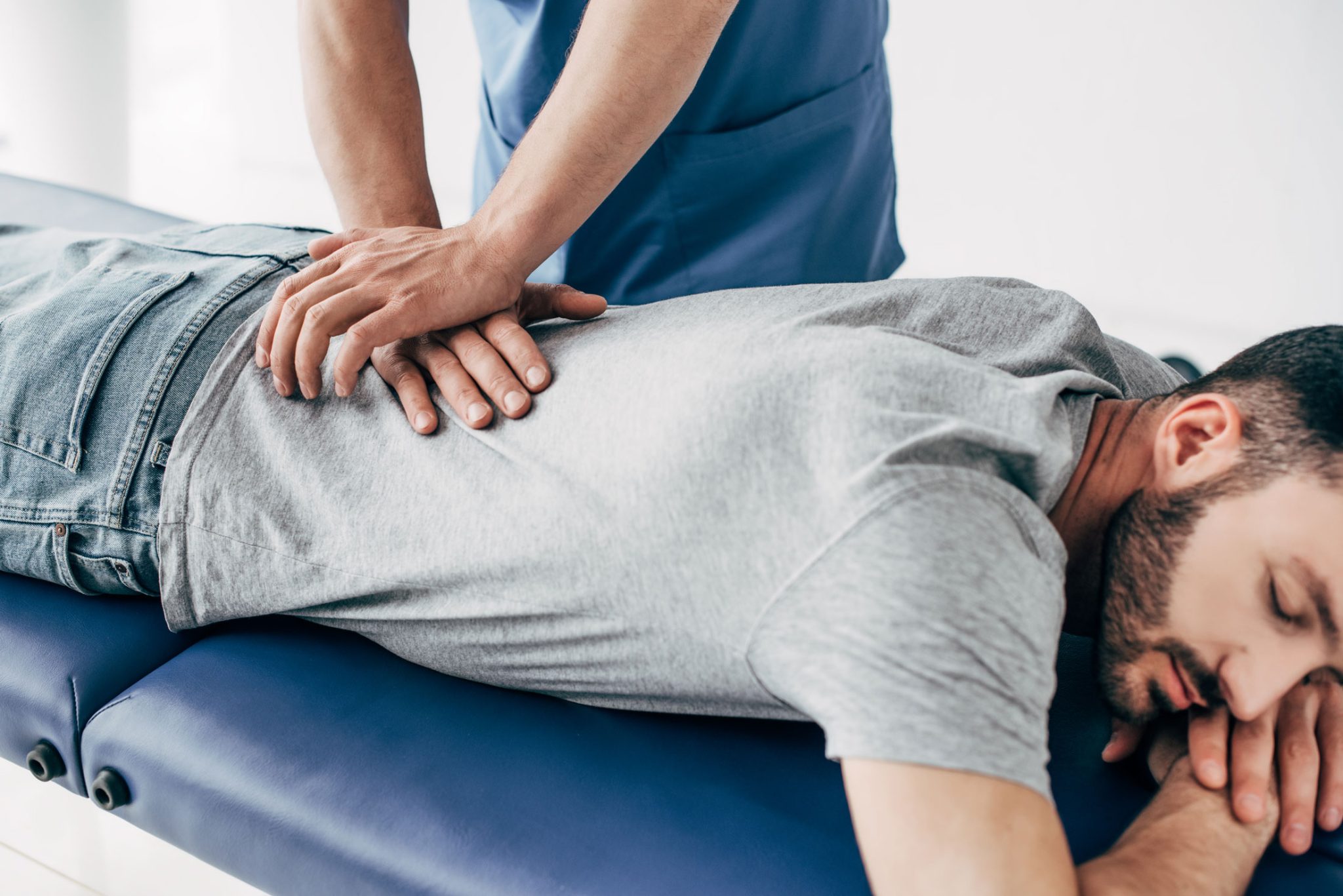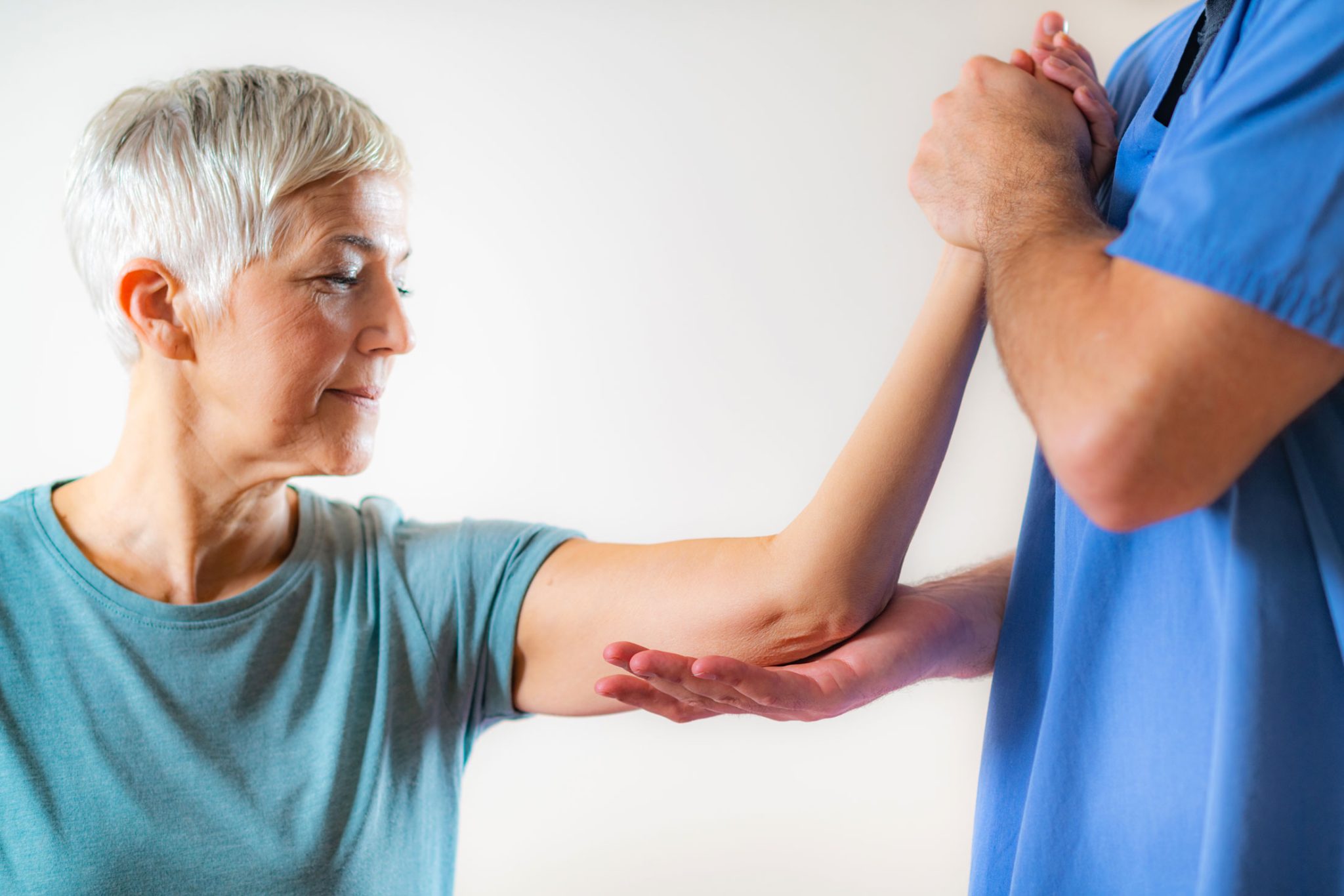Dry needling is an interesting therapeutic treatment option that can help patients who are suffering from a variety of ailments. This modality involves the use of extremely small, fine-point needles which are inserted into the skin.
But how exactly does dry needling work? Is it the same as acupuncture? Does dry needling actually provide a benefit, or is it all smoke and mirrors? In this article, we will tackle all of these questions and more.
What Is Dry Needling?
As was mentioned in the introduction, dry needling involves the insertion of small needles into various parts of the body. Generally, the treatment targets tight muscles, as well as a tissue known as fascia.
By inserting needles into tight body tissues, clinicians claim that they can help clients reduce pain and stiffness while simultaneously improving range of motion and function.
Is Dry Needling the Same as Acupuncture?
In short: no, dry needling and acupuncture are two distinct treatments. However, they do bear striking similarities to one another.
In terms of where they converge, acupuncture and dry needling both involve the insertion of very small needles into the skin. In fact, the needles are pretty much the same, and companies who produce said needles will sell them to both acupuncturists and dry needling clinicians.
Now, the differences between the treatment approaches with regard to acupuncture and dry needling are stark. Of course, both treatments are aimed at helping people recover from an issue. But that is where the similarities end.
Acupuncture comes from the school of TCM, or Traditional Chinese Medicine. This technique, along with the other treatments characteristic of TCM (cupping, etc) was developed thousands of years ago.
While Traditional Chinese Medicine is complex in its methodology, it can essentially be boiled down to the thought that all of life is based on energy flow, known as Qi or Chi to these practitioners. By inserting needles into areas where this energy may be trapped or prevented from flowing through, acupuncturists believe that they help these patients overcome disease, pain, and other issues through the targeted release of chi. The specific areas targeted during acupuncture are known as meridians.
Dry needling, on the other hand, takes a slightly more scientific approach to the issue. Dry needling clinicians identify tight muscles (and other tissues) and insert needles into these areas in order to loosen them up. In doing so, they can often help athletes and others reach further ranges of motion and return to activity without pain.
To be clear, neither methodology is right or wrong. However, they both differ in key ways with regard to treatment goals and a few other considerations.
What are the Specific Benefits of Dry Needling?
Thus far, we have hinted at some of the effects of dry needling.
The following list provides some of the most commonly cited benefits inherent in the practice.
- Decreased pain.
- Improved range of motion.
- Increased muscle activity.
- Decreased trigger points.
- Less tenderness.
- Improved athletic performance.
Many athletes will swear by dry needling. They firmly believe that the practice has helped them to reach new heights in their athletic careers. The same goes for everyday individuals.
Dry Needling at Your Local Chiropractor
There are a number of clinicians who can perform dry needling, depending on the state in question. For example, some states allow physical therapists to perform dry needling treatments, while others do not.
Additionally, many chiropractors can perform dry needling. Specifically, the professional team at Awaken Chiropractic, your Parker chiropractors, are trained in this technique. We incorporate dry needling, as needed, into treatment plans alongside other research-backed methods.
Interested to see what dry needling can do for you? Book your first appointment with us now!







